Ephemeral Prints: Part 2
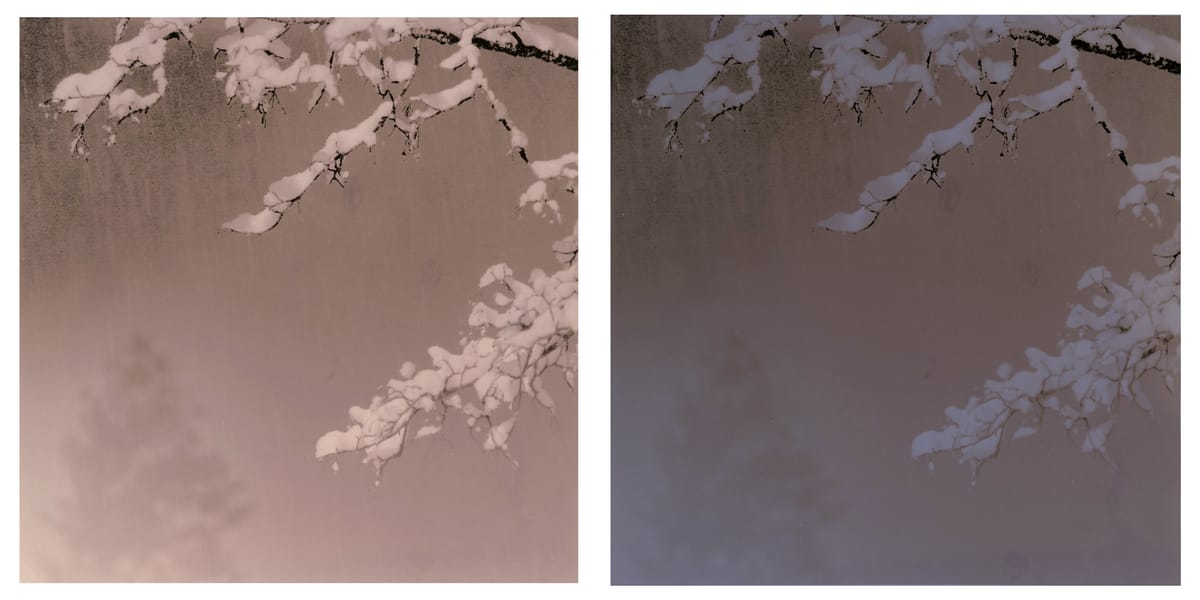
Today is the time to try a new paper and to add any new observations and suppositions.
(Here is a link to the original post….)
First let’s see what happened to a print I made yesterday but then dried completely before allowing it to sit in the bright light of north facing windows on a sunny day. This is an Oriental Seagull paper which I lith printed. The images are before and after the new light exposure.
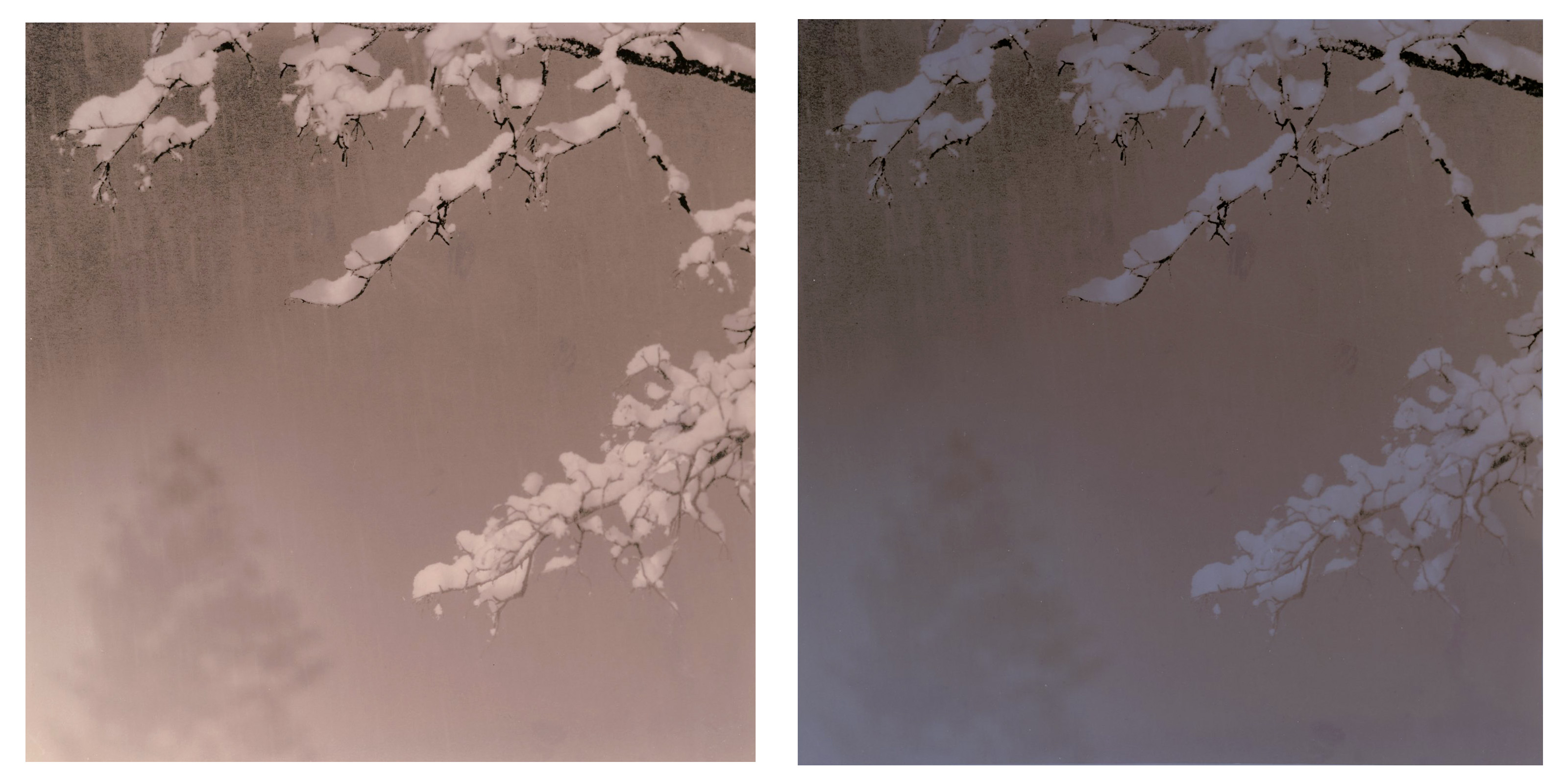
The highlights have turned a deep blue color. Some contrast is lost as anything other than pure white will reduce contrast. This will lead to a new observation that dry paper changes to a blue color and wet paper becomes pinker.
My next paper is some ORWO BN 118 East German paper. It liths reasonably well and this means it is a good paper to experiment with ephemeral printing. As a reference point I present a straight lith print that has been fixed.
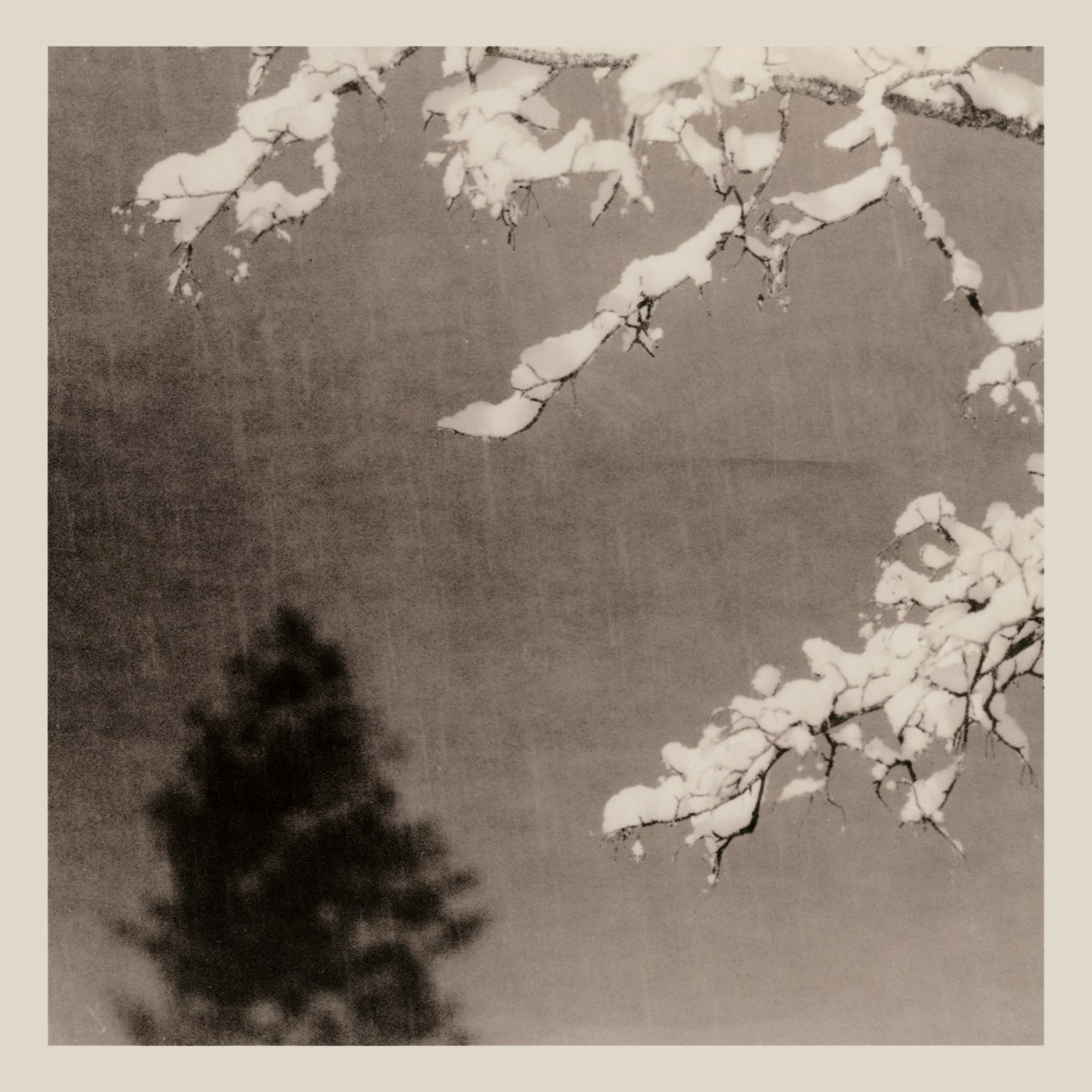
Here are a couple of unfixed ephemeral versions… Each of these tries to achieve a balance to allow the pine tree in the background to come out while the tree limbs get infectious development started.
These prints have a nice delicate plum color compared to the fixed versions.
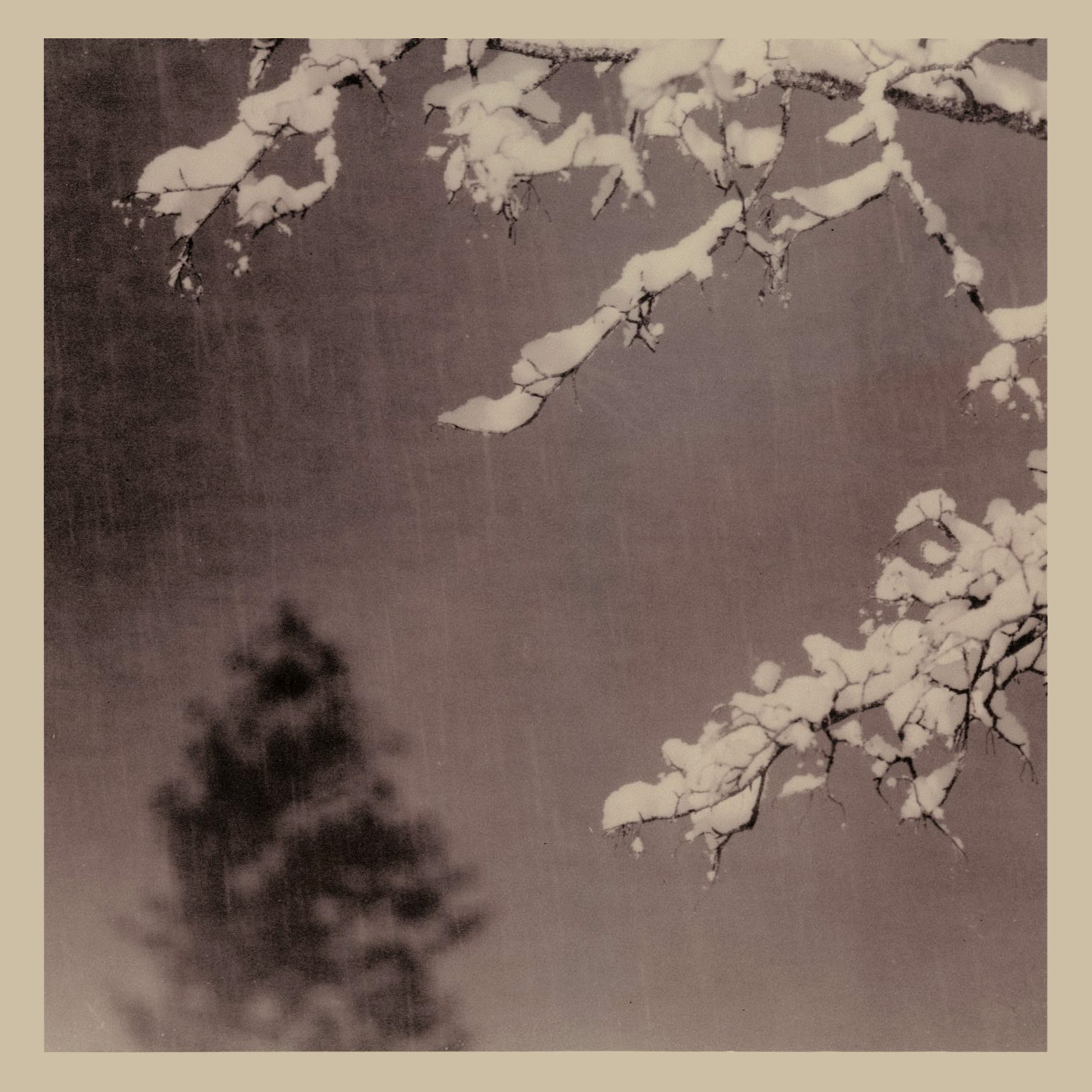
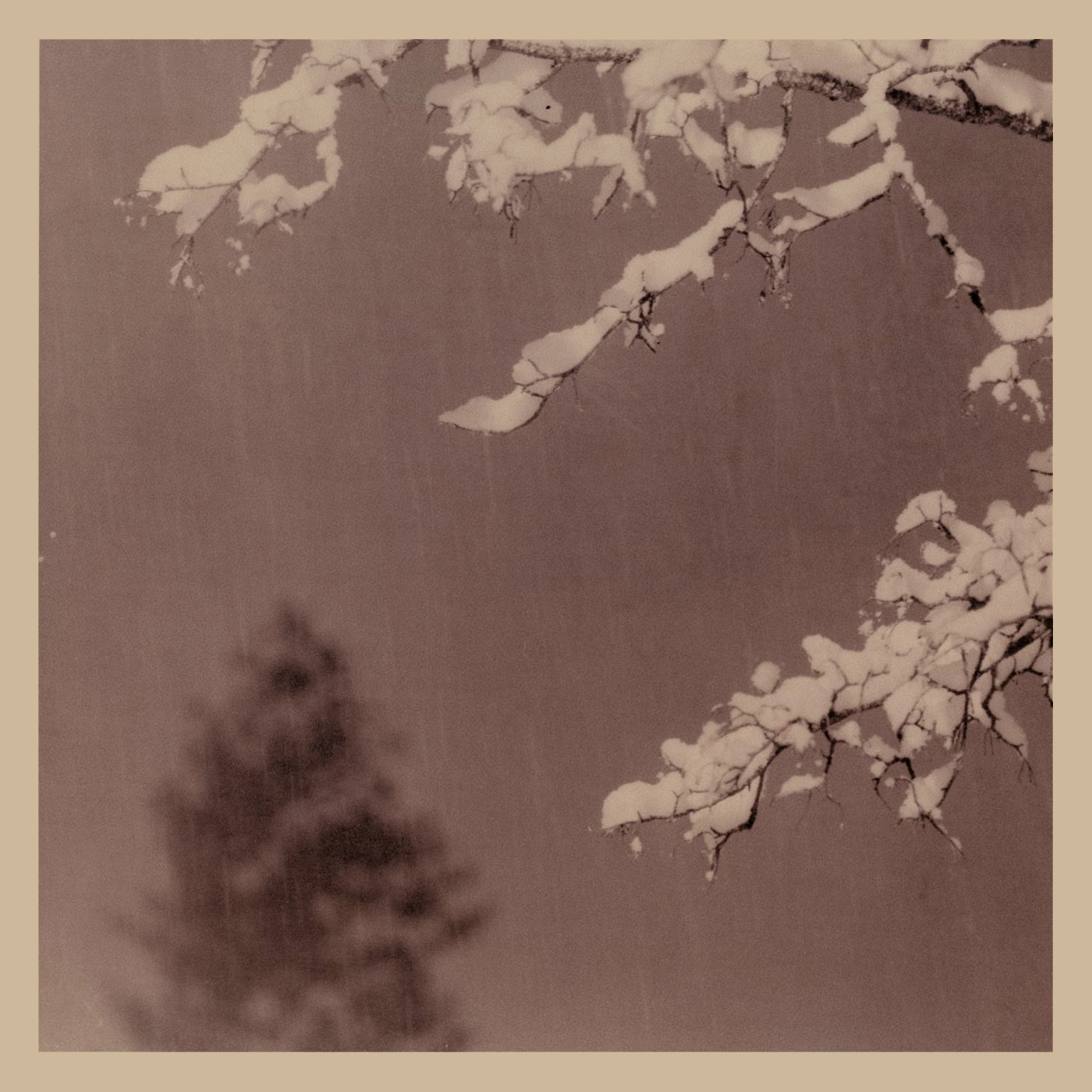
This last one has the right balance I feel and will be a candidate for mounting and hanging on a wall so I can observe its progress.
I have now mounted two images on Bristol board and left them my bathroom which doubles as a ‘gallery’.
More Technical Observations and Suppositions
Dry paper can tend to be blue when exposed to light but may be different than the color achieved when wet. This is not universal as I have some unexposed/undeveloped Ilford ART 300 paper that turns pink and some MGFB Classic that gets a salmon pink color in this condition. In general, though MG neutral tone papers don’t lith well.
Wear gloves while handling the paper wet or dry. Salt and oils in the skin react potently with the emulsion and will leave it with blotches and stains.
When leaving the print in light make sure that no shadows fall on the paper as this will show on the print.



